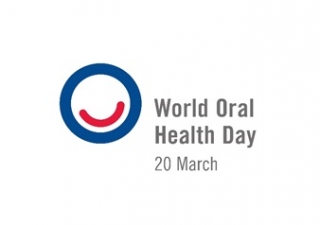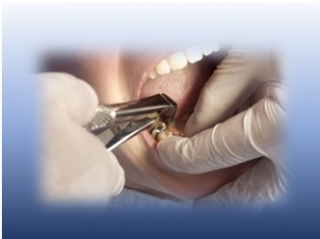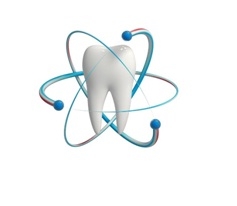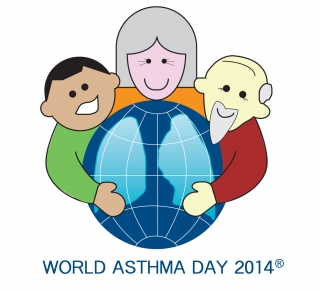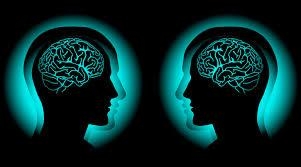Shoulder problems in the community
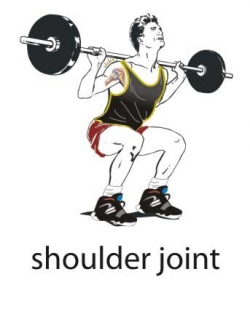
The shoulder joint is a very important joint. Its main function is to enable us to position our hand in order to make full use of our upper limb. For this purpose, the shoulder joint is designed so as to provide maximum movement, compared to all other joints in our body.
Any loss of shoulder movement incapacitates the person by not being able to reach for various objects and various regions. In view of this, shoulder problems can be very severely debilitating and can affect the quality of life on an individual.
Shoulder joint is basically composed of a bony architecture composed of the humerus (arm bone), the Glenoid (part of the shoulder blade or otherwise called as scapula. The clavicle or the collar bone also contributes to the shoulder joint indirectly. In addition there is an extensive set of ligaments providing stability to the joint and muscles and tendons providing the strength of movements. Pathology in any of these structures can lead to shoulder joint problems.
The most common shoulder problems encountered are pain, loss of movement, weakness and feeling of instability. These problems can be seen in all age groups and in both men and women. However most shoulder problems have a characteristic pattern, which also involves affecting a particular group of the population. For example pathology in the capsule and the coracohumeral ligament (one of the ligaments around the shoulder), referred to as Adhesive capsulitis or as Frozen shoulder is more common in females in the age group of 40 to 60 years and more common in the Diabetic population. Having said this, Frozen shoulder can affect any individual, irrespective of age or sex or diabetic status. This condition is characterized by very severe pain, which can be worse at night, thus disturbing the individuals sleep. The pain is constant in nature and thus can make the individual very miserable are irritable as well. Also the movements of the arm are greatly restricted, preventing the person from reaching up his back and lifting up the arm. This prevents them from performing everyday activities like dressing up by themselves, washing their back, combing their hair, etc. This can be very incapacitating and will make the individual dependent on others. Early recognition and appropriate management in the form of Physiotherapy, heat therapy and other modalities will make dramatic difference in the prognosis of this problem. Presently with better understanding of the problem, newer therapies have evolved such as Hydro dilatation and Arthroscopic capsular release, which are offered to a select group of patient who were hitherto told that nothing more can be done and that they have to just suffer silently.
Also we now understand that not all shoulder pain is Frozen shoulder. We are able to clearly identify the offending structure and institute appropriate management based on the problem. A true Arthritis of the shoulder joint, which is because of the loss of the cartilage lining of the joint, needs to be managed differently and routine modalities used in the management of Frozen shoulder may not provide any effective benefit. It is very important, hence, to properly identify the cause of the problem before embarking on the treatment program. Arthritis of the shoulder may need joint replacement surgery, similar to those performed around the hip and knee joints. Present day artificial joints very closely mimic the native shoulder joint and hence provide almost full pain free movement when properly chosen and executed.
Another common problem encountered is Rotator cuff disorders, which are problems associated with the muscles and tendons around the shoulder joint. These muscles and tendons are workhorses for the various movements of the arm. In persons involved with repeated use of the arm above the shoulder level, these tendons are subjected to multiple low level stresses and can led to a condition called as impingement syndrome. Here the individual is usually not very distressed when resting, but has difficulty in overhead activities. He develops increasing pain in the shoulder and movements of the shoulder joint get restricted due to the pain. This can also happen in a few individuals who have increased curvature in one of the bones of the shoulder called as acromion. The tendons and a bursa (subacromial bursa) become irritated and may weaken the tendon and eventually may lead to tears of these tendons. If identified before the tendons tear, it can be mostly rectified with the help of changes in the work habits, appropriate exercises to strengthen the weak tendons and measures to reduce the bursal irritation.
Another common problem encountered is Rotator cuff disorders, which are problems associated with the muscles and tendons around the shoulder joint. These muscles and tendons are workhorses for the various movements of the arm. In persons involved with repeated use of the arm above the shoulder level, these tendons are subjected to multiple low level stresses and can led to a condition called as impingement syndrome. Here the individual is usually not very distressed when resting, but has difficulty in overhead activities. He develops increasing pain in the shoulder and movements of the shoulder joint get restricted due to the pain. This can also happen in a few individuals who have increased curvature in one of the bones of the shoulder called as acromion. The tendons and a bursa (subacromial bursa) become irritated and may weaken the tendon and eventually may lead to tears of these tendons. If identified before the tendons tear, it can be mostly rectified with the help of changes in the work habits, appropriate exercises to strengthen the weak tendons and measures to reduce the bursal irritation.
It is important to identify the cause of this irritation and remove the offending factor. Sometimes when the offending factor is proved to be a small spur of the bone or the increased curvature of the bone, it may need to be addressed by removal of such spurs or flattening of the bone. Although this may sound like a major undertaking, in practice this is done only with the help of couple of small holes around the shoulder and as day care procedures where the person is home the same night and within a week is back to full normal function.
In some instances when the impingement progresses to tears and also when these tendons tear due to injuries and other factors, such as age related degeneration, the management differs and is tailored to each individual based on various factors such as age of the person, his occupational status, his functional status, his level of discomfort etc. Based on many parameters, such as these, the management may vary from surgical repair to Palliative management involving pain management, improvement of strength and to improve quality of life.
In some instances when the impingement progresses to tears and also when these tendons tear due to injuries and other factors, such as age related degeneration, the management differs and is tailored to each individual based on various factors such as age of the person, his occupational status, his functional status, his level of discomfort etc. Based on many parameters, such as these, the management may vary from surgical repair to Palliative management involving pain management, improvement of strength and to improve quality of life.
Injuries of the shoulder are also common both as sporting injuries, which are mostly repetitive small injuries, or as a single significant traumatic event such as Road traffic accidents, fall on the outstretched arm or fall on the point of the shoulder. In the younger age group, especially in people younger than 40 years, if a person sustains a significant traumatic episode and dislocates his shoulder, he is at an increased risk of developing repeated instability episodes or multiple dislocations of the shoulder joint. Particular positions of the arm increase the risk of such dislocations and these persons fear positioning their arm in such positions and hence are not able to perform various routine daily activities. Also each episode of dislocation can be severely painful and produce more damage inside the joint.
Thus, further increasing the chance of dislocation and also increasing the chance of developing Arthritis of the shoulder joint earlier in life. These individuals have to be evaluated by an Orthopaedic surgeon, and are can be managed by either a dedicated rehabilitation program or with the help of a surgical procedure. Open surgeries for these problems have been in vogue for a long time now, but had the downside of not restoring full movement and also of being very painful for the individual. Now most such patient needing surgery are managed by Key hole repairs which are almost pain free to the patient, needing very short hospital stay in the form of hours and also ensure a much earlier return to full movement and function. The confidence of the individual on his shoulder is restored and they go on to enjoy a very good quality of life, with full movement, and not having to fear about dislocating his/her shoulder and reducing the chance of arthritis later in life.
Thus, further increasing the chance of dislocation and also increasing the chance of developing Arthritis of the shoulder joint earlier in life. These individuals have to be evaluated by an Orthopaedic surgeon, and are can be managed by either a dedicated rehabilitation program or with the help of a surgical procedure. Open surgeries for these problems have been in vogue for a long time now, but had the downside of not restoring full movement and also of being very painful for the individual. Now most such patient needing surgery are managed by Key hole repairs which are almost pain free to the patient, needing very short hospital stay in the form of hours and also ensure a much earlier return to full movement and function. The confidence of the individual on his shoulder is restored and they go on to enjoy a very good quality of life, with full movement, and not having to fear about dislocating his/her shoulder and reducing the chance of arthritis later in life.
Various other problems may be encountered in the shoulder both due to local pathologies and as part of other systemic pathologies involving other structures of the body. In order to prevent ourselves from encountering with shoulder problems we need to be alert to the symptoms and signs of these problems and address them at an early stage. Also a healthy lifestyle with good nutrition is essential to maintain good quality of bones and strong muscle and tendon units.
Regular exercises for the shoulder and arm muscles keep the ligaments and tendons in good health and prevent problems in these structures. Also proper understanding of the shoulder dynamics enables us to guide sportspersons and persons involved in extreme use of the shoulders, with correct techniques to perform their required movements. This ensures that the shoulder joint gives good utility and function for a very period of time and hopefully such persons who use their shoulder joints in a correct and proper manner will never be bothered with shoulder problems throughout their life.
Regular exercises for the shoulder and arm muscles keep the ligaments and tendons in good health and prevent problems in these structures. Also proper understanding of the shoulder dynamics enables us to guide sportspersons and persons involved in extreme use of the shoulders, with correct techniques to perform their required movements. This ensures that the shoulder joint gives good utility and function for a very period of time and hopefully such persons who use their shoulder joints in a correct and proper manner will never be bothered with shoulder problems throughout their life.

